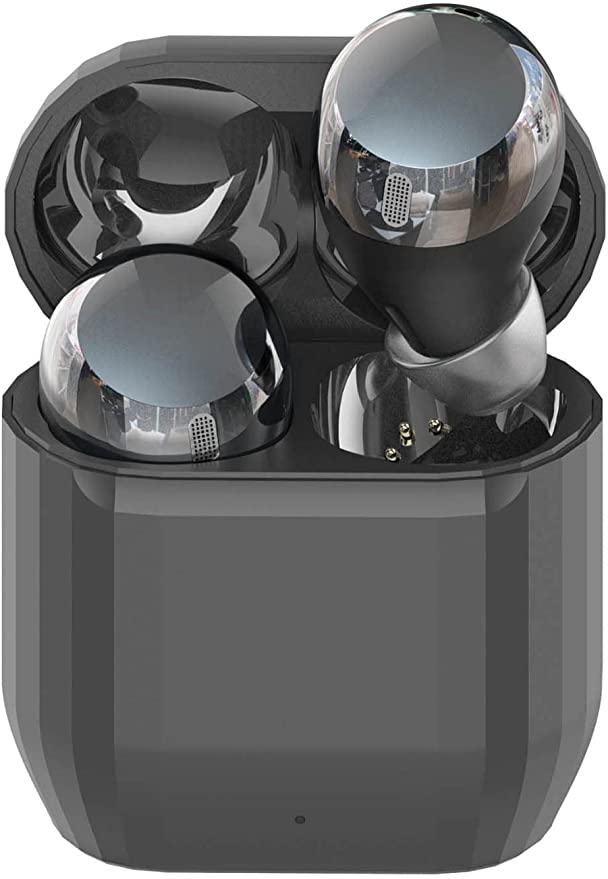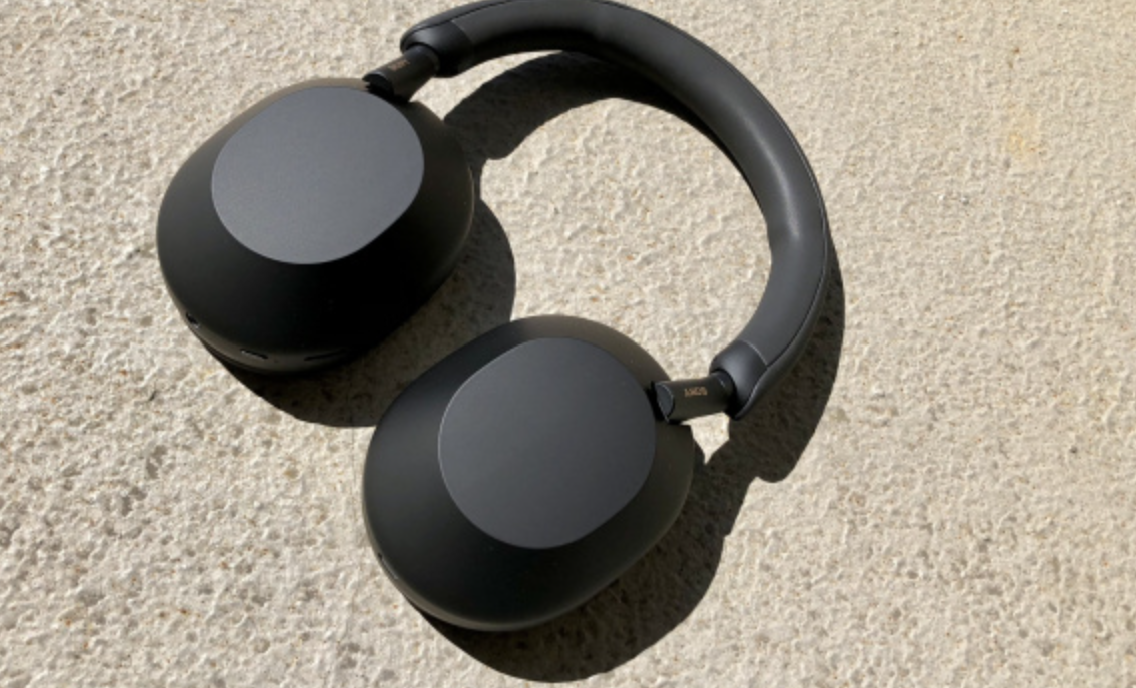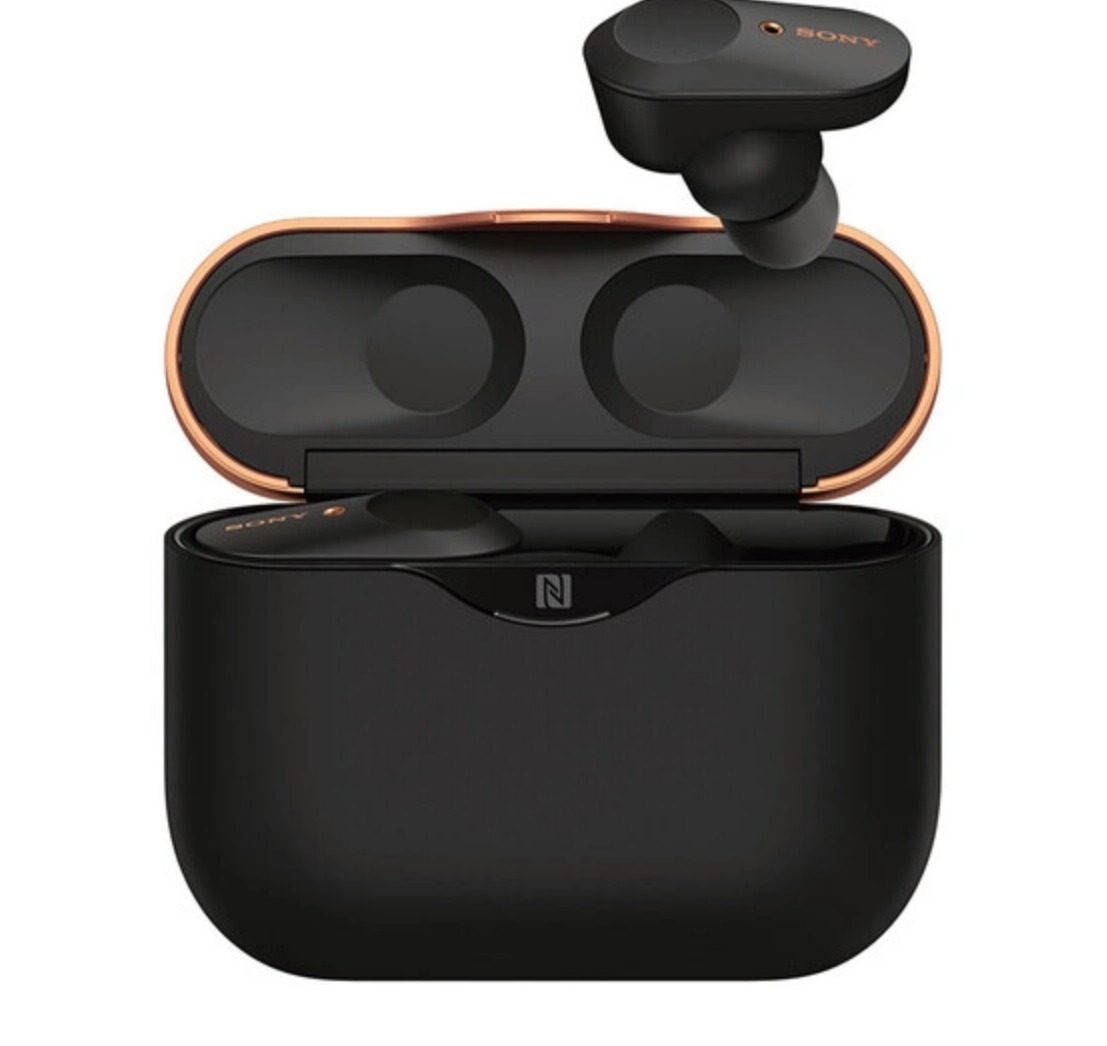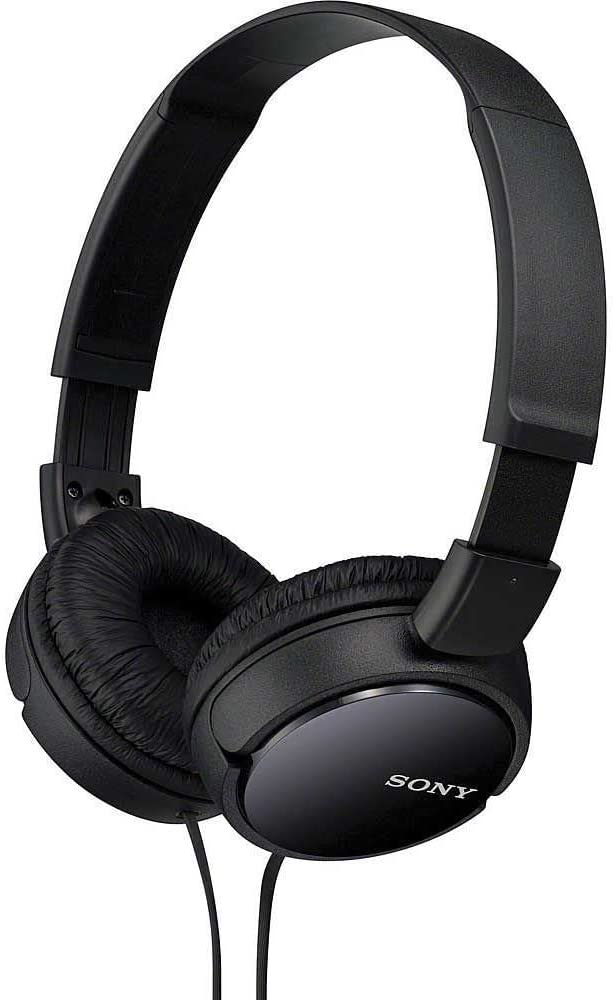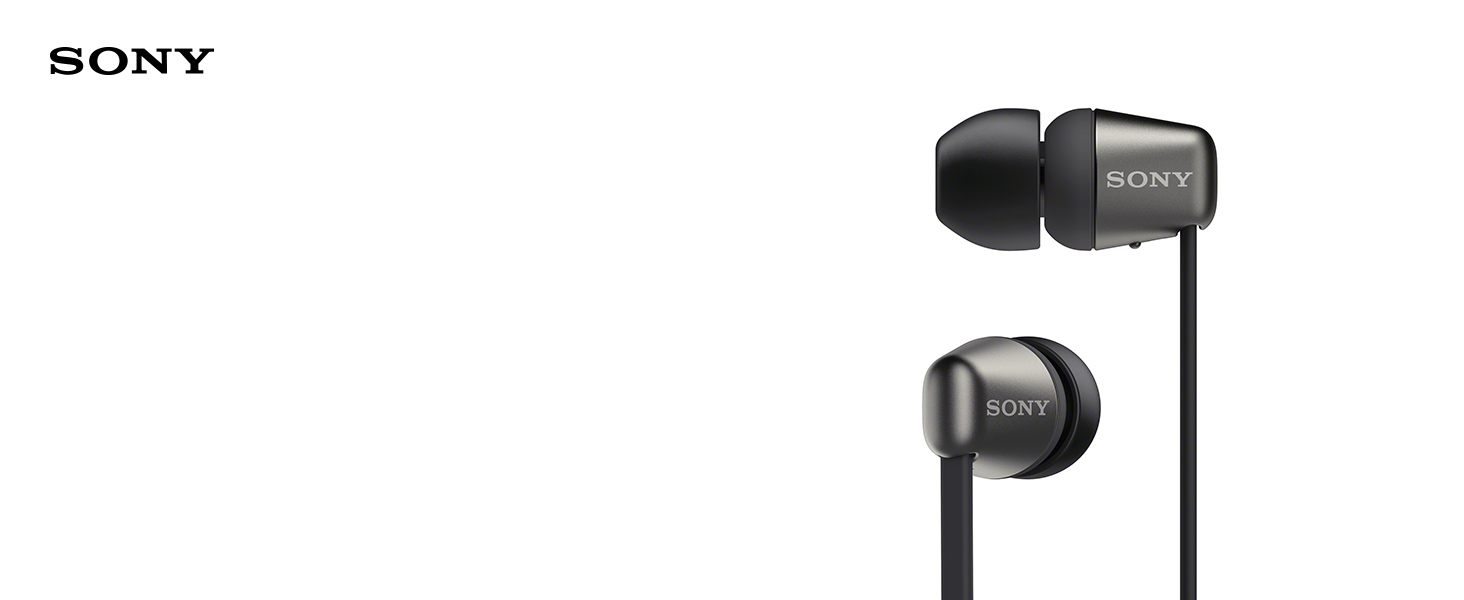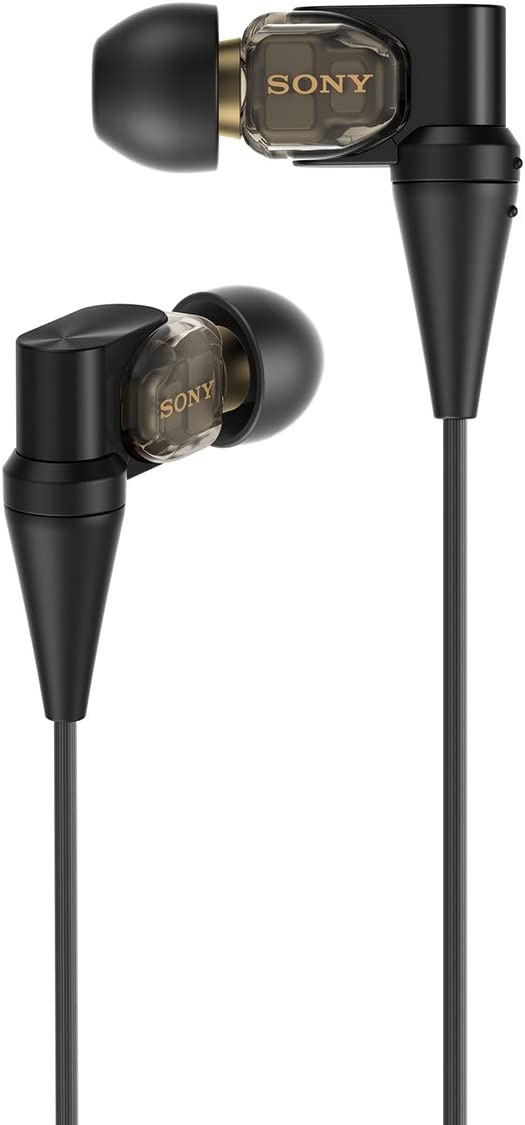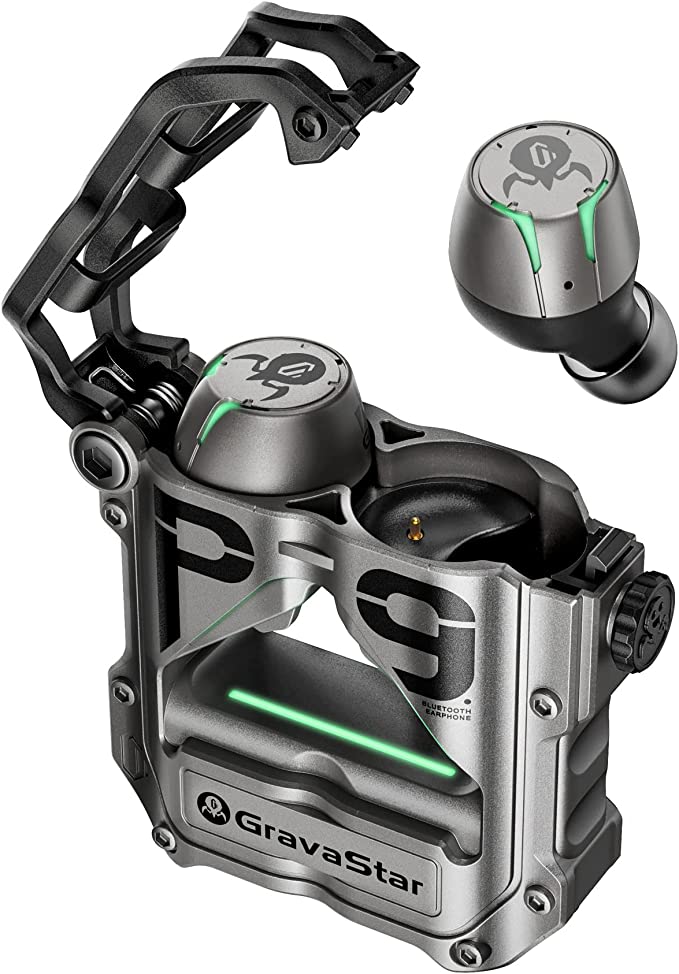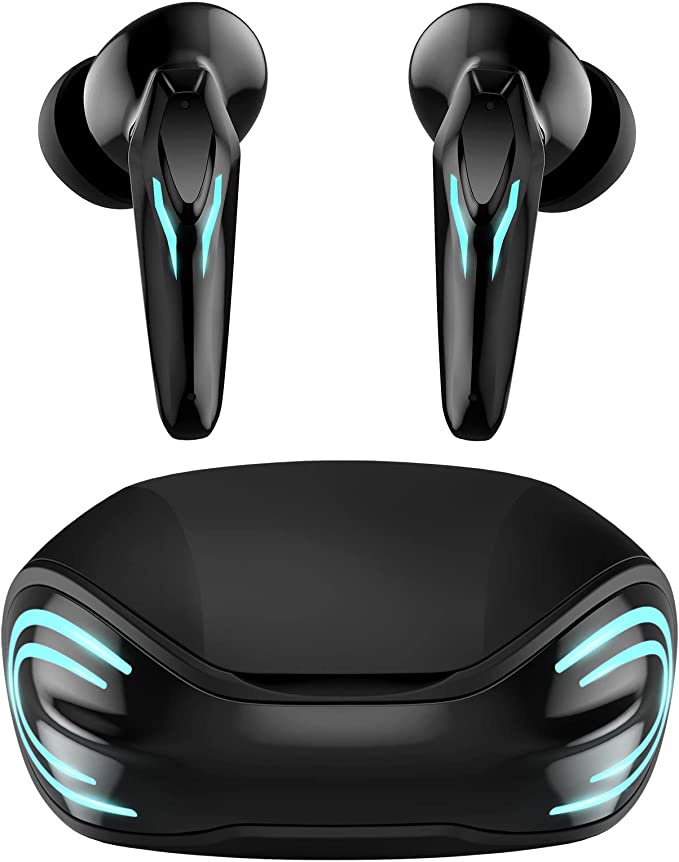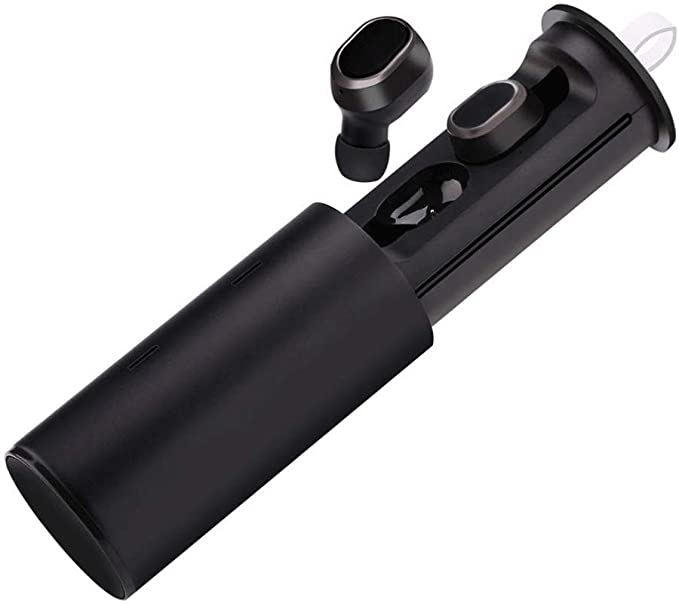Sony WF-1000XM4: The Science of Silence & Sound - Unpacking Advanced Noise Canceling Earbud Tech
Update on April 25, 2025, 4:59 p.m.
We exist within a perpetual symphony, much of it uninvited. The thrum of traffic, the cacophony of construction, the inescapable murmur of open-plan offices, the drone of an aircraft cabin – sound is the constant companion of modern existence. Yet, within this sonic deluge lies a deep-seated human yearning: the desire for control. We crave focus, undisturbed immersion in music or thought, moments of tranquility snatched from the noise. We seek not just to hear, but to curate our auditory world. It’s this fundamental quest that fuels the relentless innovation in personal audio technology, pushing engineers to achieve feats that once seemed confined to science fiction. Devices like the Sony WF-1000XM4 Truly Wireless Headphones represent more than just consumer electronics; they are intricate instruments born from a profound understanding of physics, sophisticated computation, and the nuances of human perception, all aimed at empowering us to shape our own soundscape. Let’s peel back the layers and explore the fascinating science humming within these tiny earpieces.

(The Long Road to Quiet: A Brief History of Noise Control)
Our journey towards personal silence didn’t begin with earbuds. It started much larger, much louder. Think of the roar inside early aircraft cockpits. The first practical applications of Active Noise Cancellation (ANC) emerged in the mid-20th century, primarily aimed at protecting pilots’ hearing and improving communication clarity in intensely noisy environments. These early systems were bulky, power-hungry analog devices tethered by wires. The idea was revolutionary: don’t just block noise, actively erase it.
The real challenge, one that engineers grappled with for decades, was miniaturization. How do you shrink down the necessary microphones, speakers, complex circuitry, and power source into something small enough, light enough, and efficient enough to fit comfortably in the human ear, all while delivering high-fidelity audio? This required breakthroughs across multiple fields: micro-electromechanical systems (MEMS) for tiny microphones and sensors, dramatic increases in digital signal processing power within minuscule chips, advancements in battery technology, and a deeper understanding of acoustics and psychoacoustics – how we physically and psychologically perceive sound. The WF-1000XM4 stands on the shoulders of these giants, a testament to decades of relentless engineering progress.

(Taming the Sonic Waves: The Physics and Precision of ANC)
At its core, ANC operates on a beautifully elegant principle of physics: destructive wave interference. Imagine sound not as just noise, but as waves traveling through the air, much like ripples on a pond. Each wave has peaks (compressions) and troughs (rarefactions). Now, imagine you could generate another wave that is the exact mirror image of the incoming noise wave – where the noise has a peak, your generated wave has a trough, and vice versa. When these two perfectly opposite waves meet, they cancel each other out. The result? Silence, or at least, a significant reduction in the perceived sound.
It sounds simple, almost magical, but the execution is incredibly demanding. Firstly, there’s the challenge of speed. The system must detect the incoming noise, analyze its waveform, generate the precise anti-noise signal, and deliver it through the earbud’s speaker all before the original noise wave reaches your eardrum. Any significant delay (latency) renders the cancellation ineffective. We’re talking processing measured in microseconds.
Secondly, accuracy is paramount. The generated anti-noise must be a near-perfect inverse of the original noise in both amplitude (loudness) and phase (timing of peaks and troughs). This needs to work across a wide range of frequencies, from the low rumble of engines to mid-frequency chatter.
Thirdly, the system must be adaptive. Real-world noise isn’t static; it changes constantly. The ANC system needs to continuously monitor the environment and adjust its anti-noise signal accordingly. This requires sophisticated algorithms that can identify different types of noise and react intelligently. It’s a high-speed, high-precision digital balancing act happening constantly within the earbud.

(Inside the Engine Room: Decoding the WF-1000XM4’s Core Technology)
Orchestrating this complex feat within the WF-1000XM4 is what Sony calls its Integrated Processor V1. Based on Sony’s provided information, this isn’t just a standard off-the-shelf chip; it’s a custom-developed piece of silicon designed specifically for this demanding task (Source: Product Description). Think of it less like a simple component and more like the earbud’s central nervous system or perhaps an incredibly fast air traffic controller for sound signals.
Sony states the V1 handles the intense calculations required for their advanced ANC algorithms, while also integrating Bluetooth System on Chip (SoC) functionality. This integration is key in miniature devices. Combining multiple functions onto a single chip saves precious space, reduces power consumption, and potentially allows for tighter coordination between different systems (like ANC and Bluetooth audio streaming). Sony claims this processor delivers a higher level of noise cancellation than their previous generation while being more power-efficient (Source: Product Description) – hitting those crucial metrics of performance and endurance needed for a truly wireless experience. While the precise algorithms remain proprietary, the goal is clear: faster, more accurate, and more adaptable noise analysis and anti-noise generation.

Feeding crucial environmental data to the V1 are multiple noise-sensing microphones. These tiny electronic ears are constantly listening to the world outside. Their accurate capture of ambient sound forms the basis for the V1’s calculations. The system’s intelligence extends to recognizing specific conditions; for instance, Sony highlights a wind noise reduction feature, accessible via the companion app, designed to specifically detect and suppress the turbulent noise generated by wind passing over the microphones (Source: Q\&A) – a common annoyance for earbud users outdoors and a testament to the processor’s ability to run adaptive algorithms.
However, even the most sophisticated ANC relies on a strong foundation: Passive Noise Isolation. Before any electronic cancellation happens, physically blocking sound is the first line of defense. This is where the physical design and materials come into play. The WF-1000XM4 utilizes what Sony describes as Noise Isolation Earbud Tips, paired with an ergonomic surface design shaped to better conform to the complex curves of the human ear cavity (Source: Product Description). The goal is to create a snug, stable seal. This physical barrier is particularly effective at blocking higher-frequency sounds (which have shorter wavelengths and are harder for ANC to cancel perfectly) and reduces the overall noise load the active system has to combat. The ear tips themselves, often made from materials like polyurethane foam (as suggested by user descriptions), are crucial here. Foam can expand slightly to fill the ear canal, creating a better seal than standard silicone tips for many users. However, this highlights an inherent challenge in universal in-ear design: achieving a perfect, comfortable seal for every unique ear shape is difficult, and materials like foam can wear out over time, potentially impacting both comfort and isolation effectiveness. It’s a constant balancing act for engineers between acoustic performance and long-term user comfort.

(Crafting the Auditory Canvas: Beyond Noise Cancellation)
Creating silence is impressive, but the ultimate goal of headphones is usually to listen to something. The WF-1000XM4 employs specially designed 6mm dynamic drivers – the miniature speakers responsible for converting electrical signals back into the sound waves we hear. Sony claims these small drivers are engineered to deliver a dynamic sound profile, including a rich bass response (Source: Product Description). Achieving full-range, detailed sound from such a compact driver requires careful acoustic design of the driver itself and the chamber it sits within. The Integrated Processor V1 is also cited as contributing to the overall sound quality (Source: About this item), likely through digital sound processing techniques that can shape the frequency response, manage dynamics, and compensate for the acoustic limitations of a small enclosure.
A significant factor in wireless audio quality is the Bluetooth codec – the algorithm used to compress and decompress audio data for transmission. Think of it as the language spoken between your phone (or other source device) and the earbuds. Standard codecs like SBC prioritize stability over quality, compressing the data significantly. The WF-1000XM4 supports LDAC, a codec developed by Sony (Source: About this item). LDAC’s key advantage is its ability to operate at much higher bitrates than conventional Bluetooth audio – Sony states approximately three times more data than SBC. This provides a wider “data highway,” theoretically allowing for the transmission of audio files with less compression, potentially preserving more detail and nuance, especially from high-resolution sources. However, it’s crucial to understand that realizing LDAC’s full potential requires a compatible ecosystem: the transmitting device (your phone, player), the audio file itself (a high-resolution track or stream), and the streaming service must all support LDAC. Without these conditions met, the earbuds will typically default to other supported codecs like AAC (common on Apple devices) or SBC.
Beyond music, clear communication remains a vital function. The WF-1000XM4 tackles this with Precise Voice Pickup Technology. This involves a sophisticated interplay between beamforming microphones and a bone conduction sensor (Source: About this item, Product Description). Beamforming uses the multiple microphones on each earbud. By analyzing the slight time differences in how sound arrives at each microphone, the processor can create a directional “beam,” focusing sensitivity towards the user’s mouth while suppressing sounds arriving from other directions – like a spotlight for your voice. The bone conduction sensor adds another layer. It doesn’t listen to the air; it detects the vibrations traveling through your jawbone as you speak. This signal is relatively immune to ambient noise. By intelligently combining the beamformed microphone signal with the bone conduction signal, the V1 processor aims to isolate your voice with remarkable clarity, even when you’re surrounded by noise. It’s a clever fusion of acoustic physics and sensor technology addressing a common pain point of making calls on the go.
Furthermore, recognizing that sound perception is subjective, the WF-1000XM4 integrates with the “Sony | Headphones Connect” app. This allows users to tailor the sound signature using an equalizer (EQ) and adjust the level of ambient sound passthrough (Source: Description), acknowledging that the “perfect” sound profile varies from person to person and situation to situation.
(Seamless Living with Sound Tech: Everyday Engineering)
Cutting-edge technology is only truly useful if it integrates smoothly into our lives. The engineering focus extends to these practicalities. The claimed 8 hours of battery life with ANC active, supplemented by another 16 hours from the charging case (Source: About this item, Description), addresses the “range anxiety” often associated with wireless devices. This longevity is directly linked to the power efficiency Sony attributes to the Integrated Processor V1 and other optimized components. Features like the 5-minute quick charge yielding up to 60 minutes of playback (Source: Description) cater to moments when time is short.
Durability for daily use is addressed with an IPX4 water resistance rating (Source: About this item). This standard signifies resistance to water splashes from any direction, meaning sweat during a workout or getting caught in light rain shouldn’t pose a threat – a practical consideration for an active lifestyle. Convenience is further enhanced by support for both standard USB-C charging and cable-free Qi wireless charging (Source: Description, What’s in box).
Connectivity itself benefits from modern standards. The use of Bluetooth 5.2 (Source: Desc.) potentially offers improvements in efficiency and connection stability compared to older versions, and lays groundwork for future features like LE Audio. A particularly useful feature, enabled via a firmware update according to Sony, is Multipoint connection (Source: Desc.). This allows the earbuds to maintain simultaneous connections to two devices – perhaps a laptop for work calls and a smartphone for music – automatically switching audio focus as needed. It’s a small detail that significantly smooths workflow for many users.
Finally, intelligent features aim to make interaction more intuitive. Speak-to-Chat (Source: About this item), for example, uses voice detection to automatically pause audio playback and activate ambient sound mode when the user starts talking, allowing for quick conversations without needing to remove the earbuds or fumble with controls. It’s an example of context-aware computing making the technology feel more adaptive to the user’s intentions.

(Conclusion: Engineering Perception, Shaping Our Sonic Future)
The Sony WF-1000XM4, when examined through the lens of audio science and engineering, reveals itself as a microcosm of modern technological convergence. It’s a device born from the precise manipulation of sound waves, the lightning-fast computations of a dedicated processor, the clever fusion of multiple sensors, the careful selection of materials, and a deep consideration of human ergonomics and psychoacoustics. Creating effective noise cancellation alongside high-quality audio reproduction and seamless connectivity within such a compact, power-constrained form factor involves a constant negotiation of engineering trade-offs – balancing processing power with battery life, acoustic sealing with user comfort, feature richness with intuitive operation.
These tiny devices are more than just conduits for music or tools for silencing the world. They represent our ongoing effort to tailor reality to our preferences, specifically our auditory reality. As processing power continues to shrink and algorithms become more sophisticated, the future of personal audio likely lies in even greater personalization and environmental awareness – perhaps earbuds that can intelligently filter specific sounds, adapt audio in real-time based on biometric feedback, or seamlessly blend the virtual and real auditory worlds. The journey chronicled within the WF-1000XM4 reminds us that technology, at its best, doesn’t just provide function; it shapes our perception and redefines our relationship with the fundamental elements of our experience – in this case, the intricate, pervasive, and deeply personal world of sound.
